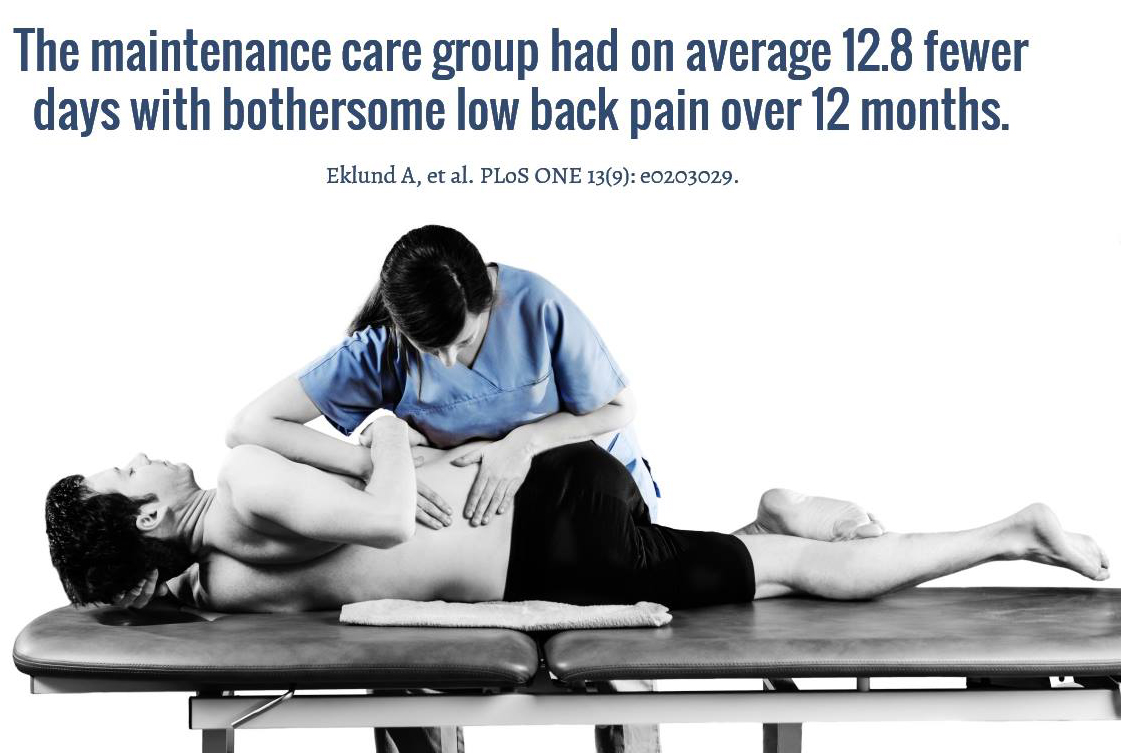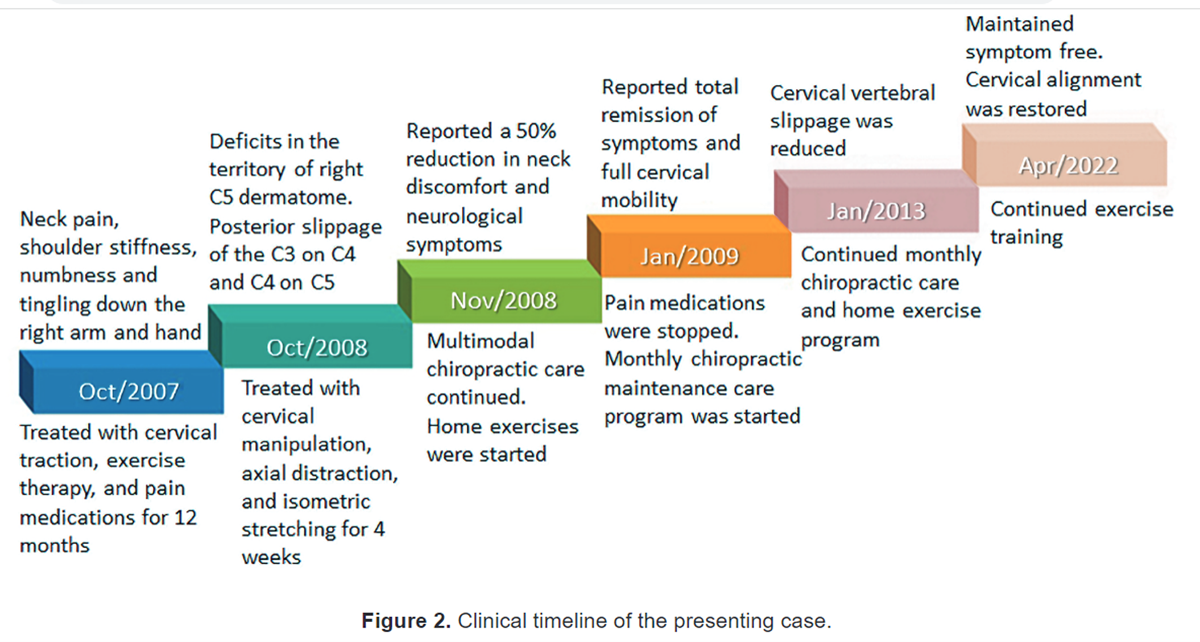Development and Evaluation of the MAINTAIN Instrument, Selecting Patients Suitable for Secondary or Tertiary Preventive Manual Care: The Nordic Maintenance Care Program
SOURCE: Chiropractic & Manual Therapies 2022 (Mar 17)
Andreas Eklund, Per J Palmgren, Ulf Jakobsson, Iben Axén
Unit of Intervention and Implementation Research for Worker Health,
The Institute of Environmental Medicine (IMM),
Karolinska Institutet,
Stockholm, Sweden

Background: Chiropractic maintenance care (MC) has been found to be effective for patients classified as dysfunctional by the West Haven-Yale Multidimensional Pain Inventory (MPI). Although displaying good psychometric properties, the instrument was not designed to be used in clinical practice to screen patients for stratified care pathways. The aim was to develop a brief clinical instrument with the intent of identifying dysfunctional patients with acceptable diagnostic accuracy.
Methods: Data from 249 patients with a complete MPI dataset from a randomized clinical trial that investigated the effect and cost-effectiveness of MC with a 12-month follow-up was used in this cross-sectional analysis. A brief screening instrument was developed to identify dysfunctional patients, with a summary measure. Different cut-offs were considered with regards to diagnostic accuracy using the original instrument’s classification of dysfunctional patients as a reference. Very good diagnostic accuracy was defined as an area under the curve (AUC) metric between 0.8 and 0.9. The instrument was then externally validated in 3 other existing datasets to assess model transportability across populations and medical settings.
Results: Using an explorative approach, the MAINTAIN instrument with 10 questions (0-6 Likert responses) capturing 5 dimensions (pain severity, interference, life control, affective distress, and support) was developed, generating an algorithm-based score ranging from – 12 to 48. Reporting a MAINTAIN score of 18 or higher, 146 out of the 249 patients were classified as dysfunctional with 95.8% sensitivity and 64.3% specificity. At a score of 22 or higher, 109/249 were classified as dysfunctional with 81.1% sensitivity and 79.2% specificity. AUC was estimated to 0.87 (95% CI 0.83, 0.92) and Youden’s index was highest (0.70) at a score of 20. The diagnostic accuracy was similar and high across populations with minor differences in optimal thresholds for identifying dysfunctional individuals.
There are more articles like this @ our:
Conclusion: The MAINTAIN instrument has very good diagnostic accuracy with regards to identifying dysfunctional patients and may be used as a decision aid in clinical practice. By using 2 thresholds, patients can be categorized into “low probability (- 12 to 17)”, “moderate probability (18 to 21)”, and “high probability (22 to 48)” of having a good outcome from maintenance care for low back pain.
Trial registration: at Clinical trials.gov NCT01539863 registered February 28, 2012
Keywords: Chiropractic; Clinical instrument; Effect; Low back pain; MAINTAIN; Maintenance care; Manual treatment; Prevention; Secondary prevention; Stratified care; Tertiary prevention.






Leave A Comment